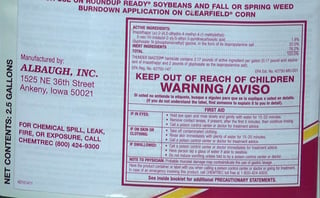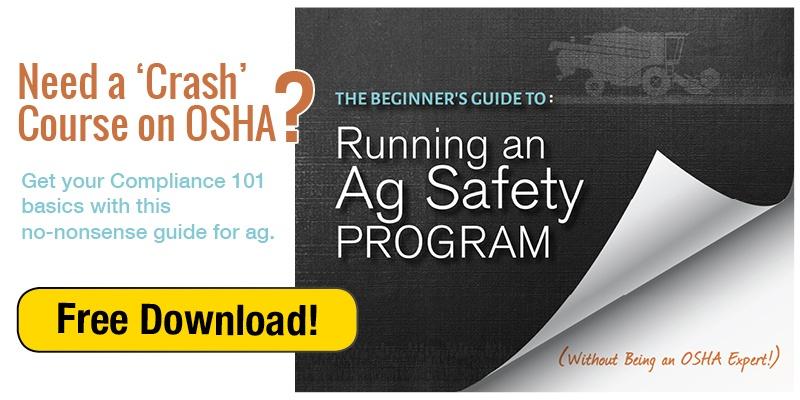It’s not enough just to know what to do in the event of an emergency, or how to protect yourself while working in the field or around your operation. An important component of ag safety is knowledge and information. Clear and effective communication of the potential hazards of your operation goes a long way toward reducing or eliminating the risk of an accident.
First Things First
 The first thing your ag operation needs is a plan. This involves drawing up a written program for hazard communication. This program serves the purpose of detailing how your operation will implement the standard. This is more than just a paper exercise, of course. These are processes and procedures that must be implemented within your operation to fulfill compliance with OSHA’s rules for Hazard Communication and Emergency Action Plans.
The first thing your ag operation needs is a plan. This involves drawing up a written program for hazard communication. This program serves the purpose of detailing how your operation will implement the standard. This is more than just a paper exercise, of course. These are processes and procedures that must be implemented within your operation to fulfill compliance with OSHA’s rules for Hazard Communication and Emergency Action Plans.
It’s also important to complete a list of all hazardous materials within your operation. This serves the dual purpose of providing an inventory of everything for which you need to maintain a material safety data sheet (SDS).
Warnings, Cautions, and Visibility
All containers storing hazardous chemicals must then be labeled, tagged, or marked. If the material is transferred to another, unlabeled container, then the new container needs to be labeled, as well. Placards and signs must also be placed in the appropriate locations, as per OSHA standards.
Emergency! Who Do I Call?
One final bit of communication you’ll want to keep in a prominent location – emergency contacts. This list will include owners, managers, and emergency personnel, among others. Knowing who to call in an emergency can save lives and reduce damage to property and equipment.



